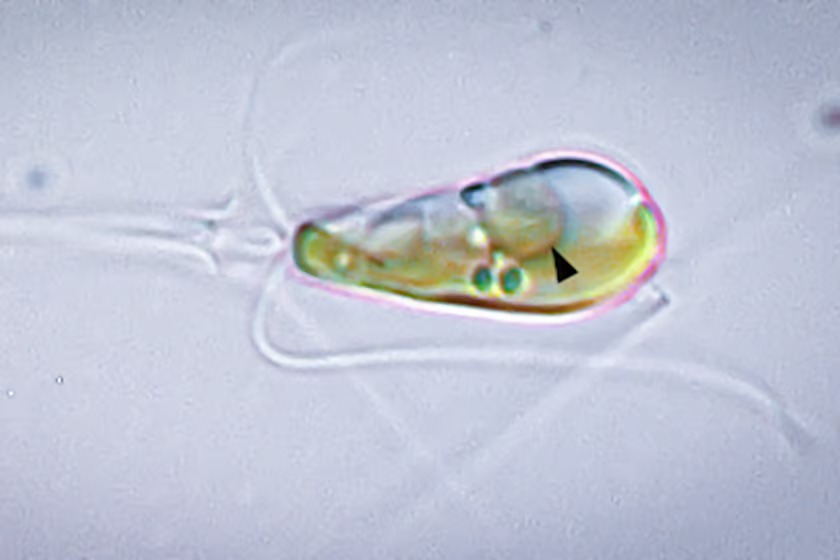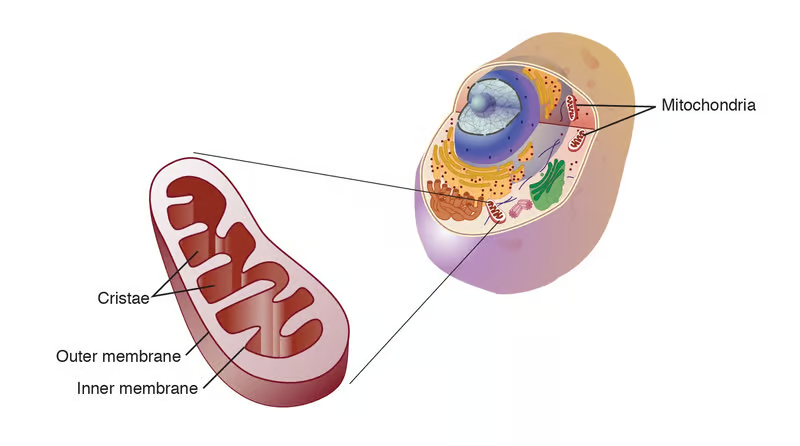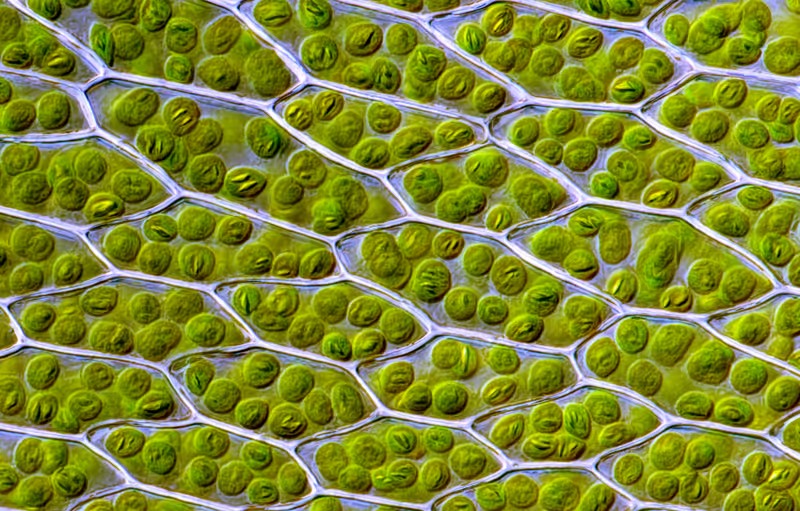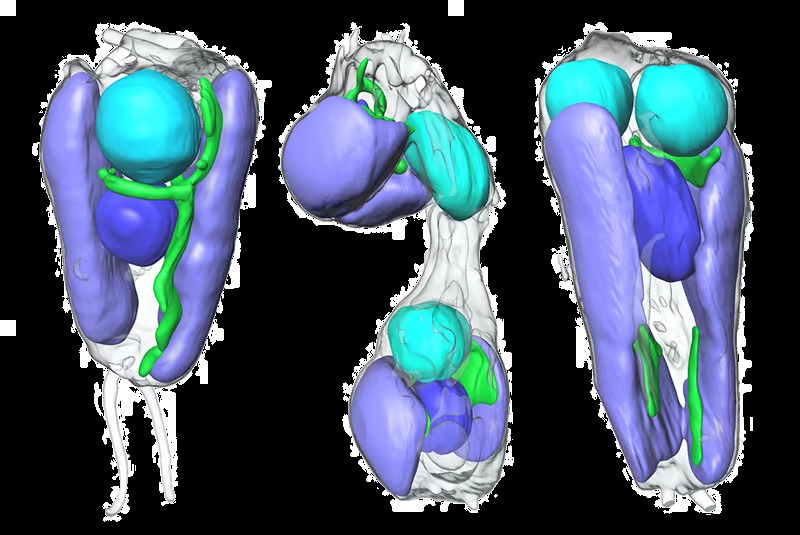
The algae Braarudosphaera bigelowii has been found to have absorbed a cyanobacteria called UCYN-A, which may be a huge step forward for evolution
Scientists have caught a once-in-a-billion-years evolutionary event in progress, as two lifeforms have merged into one organism that boasts abilities its peers would envy. Last time this happened, Earth got plants.
The phenomenon is called primary endosymbiosis, and it occurs when one microbial organism engulfs another, and starts using it like an internal organ. In exchange, the host cell provides nutrients, energy, protection and other benefits to the symbiote, until eventually it can no longer survive on its own and essentially ends up becoming an organ for the host – or what’s known as an organelle in microbial cells.
Imagine if kidneys were actually little animals running around, and humans had to manually filter their blood through a dialysis machine. Then one day some guy somehow gets one of these kidney critters stuck… Internally (who are we to judge how?) – and realizes he no longer needs his dialysis machine. Neither do his kids, until eventually we’re all born with these helpful little fellas inside us. That’s kind of what’s happening here.

A diagram of the mitochondria in a cell National Human Genome Research Institute
In the 4-billion-odd-year history of life on Earth, primary endosymbiosis is thought to have only happened twice that we know of, and each time was a massive breakthrough for evolution. The first occurred about 2.2 billion years ago, when an archaea swallowed a bacterium that became the mitochondria. This specialized energy-producing organelle allowed for basically all complex forms of life to evolve. It remains the heralded “powerhouse of the cell” to this day.
The second time happened about 1.6 billion years ago, when some of these more advanced cells absorbed cyanobacteria that could harvest energy from sunlight. These became organelles called chloroplasts, which gave sunlight-harvesting abilities, as well as a fetching green color, to a group of lifeforms you might have heard of – plants.

Live moss cells under a microscope, showing their chloroplasts (green circles)
And now, scientists have discovered that it’s happening again. A species of algae called Braarudosphaera bigelowii was found to have engulfed a cyanobacterium that lets them do something that algae, and plants in general, can’t normally do – “fixing” nitrogen straight from the air, and combining it with other elements to create more useful compounds.
Nitrogen is a key nutrient, and normally plants and algae get theirs through symbiotic relationships with bacteria that remain separate. At first it was thought that B. bigelowii had hooked up this kind of situation with a bacterium called UCYN-A, but on closer inspection, scientists discovered that the two have gotten far more intimate.
In one recent study, a team found that the size ratio between the algae and UCYN-A stays similar across different related species of the algae. Their growth appears to be controlled by the exchange of nutrients, leading to linked metabolisms.
“That’s exactly what happens with organelles,” said Jonathan Zehr, an author of the studies. “If you look at the mitochondria and the chloroplast, it’s the same thing: they scale with the cell.”
In a follow-up study, the team and other collaborators used a powerful X-ray imaging technique to view the interior of the living algae cells. This revealed that the replication and cell division was synchronized between the host and symbiote – more evidence of primary endosymbiosis at work.

X-ray images of Braarudosphaera bigelowii at different stages of cell division. The newly identified nitroplast is highlighted in cyan, the algae nucleus is blue, mitochondria are green and chloroplasts are purple
And finally, the team compared the proteins of isolated UCYN-A to those inside the algal cells. They found that the isolated bacterium can only produce about half of the proteins it needs, relying on the algal host to provide the rest.
“That’s one of the hallmarks of something moving from an endosymbiont to an organelle,” said Zehr. “They start throwing away pieces of DNA, and their genomes get smaller and smaller, and they start depending on the mother cell for those gene products – or the protein itself – to be transported into the cell.”
Altogether, the team says this indicates UCYN-A is a full organelle, which is given the name of nitroplast. It appears that this began to evolve around 100 million years ago, which sounds like an incredibly long time but is a blink of an eye compared to mitochondria and chloroplasts.
The researchers plan to continue studying nitroplasts, to find out if they’re present in other cells and what effects they may have. One possible benefit is that it could give scientists a new avenue to incorporate nitrogen-fixing into plants to grow better crops.
The research was published in the journals Cell and Science.
https://newatlas.com/biology/life-merger-evolution-symbiosis-organelle/